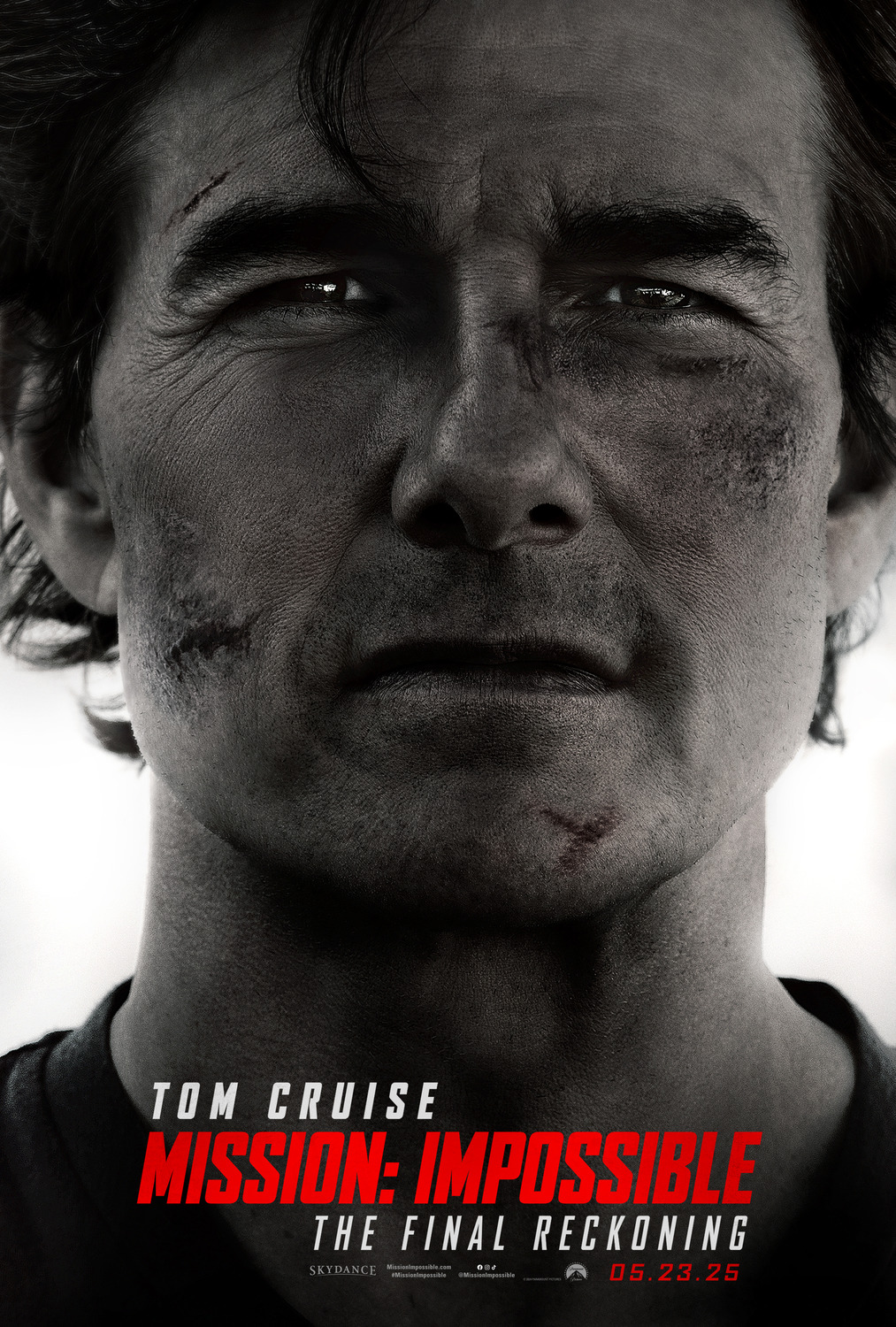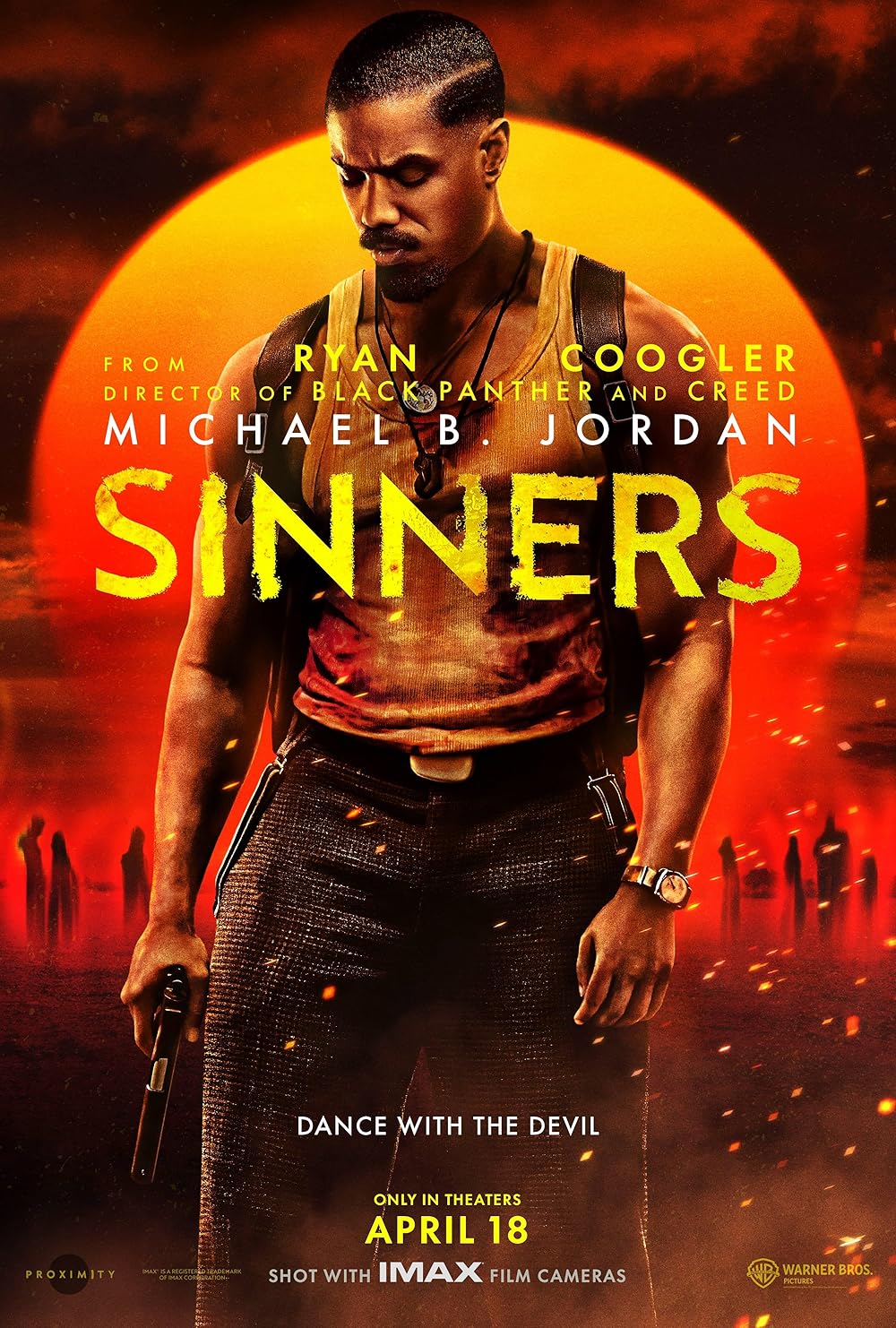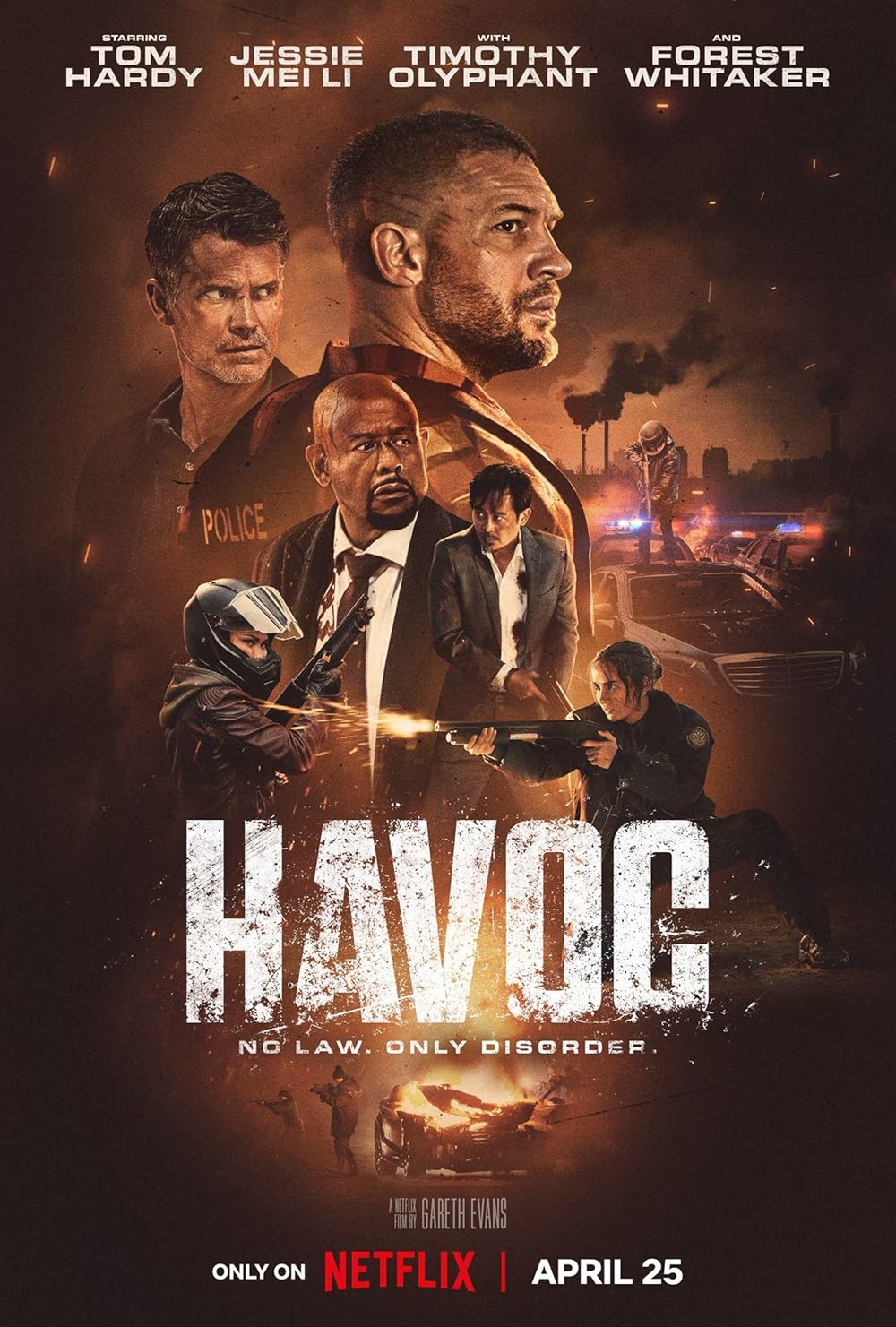Bloody Nose, Empty Pockets
Unrated, 98 minutes
Directed by Bill Ross IV, Turner Ross
Starring the denizens of the Las Vegas dive bar, “The Roaring 20s” (we’ll get back to that…)

A US Documentary Competition entry at this year’s Sundance Film Festival, Bloody Nose, Empty Pockets is not directors Ross and Ross’ first documentary foray at Sundance.
Synopsis: In the shadows of the bright lights of Las Vegas, it’s last call for a beloved dive bar known as the Roaring 20s. A document of real people in an unreal situation facing an uncertain future: America at the end of 2016.
Let me just say, Bloody Nose, Empty Pockets is a bit different from any documentary (cough, cough) I’ve watched before. Presented without context, introduction, clarification or epilogue of any kind, it presents the audience with a literal slice of life at the “Roaring 20s,” a bar frequented by an assortment of characters, from the homeless to those barely eking out an existence in 2016’s Las Vegas.
As the day goes on and the clock ticks closer to the end, more and more alcohol is consumed, more and more feelings are denied, revealed, and shared, and relationships evolve from what they were into the uncertainty of what they will become “after.”
The patrons are compelling, and the conversation ranges from the inane to the sublime, until all that’s left after nearly 24 hours of movie time is to lock the door and drive away.
The end of the “Roaring 20s.”
The audience is left to process what will happen in the lives of these people now that the bar, the seemingly only stabilizing force in some of their lives, has closed, as well as some of the barroom wisdom which they’ve been granted access to over these 98 minutes.
It’s a heartbreaking look at real people at a crossroads.
Except it’s all bullshit.
Despite being entered in the US Documentary Competition category, Bloody Nose, Empty Pockets is a work of fiction. Filmed at a bar in New Orleans, not Las Vegas, and a cast selected to portray the desired pub archetypes, any truth in the film (and there is truth in there) is a construct, molded together over 2 days of mostly improvisational shooting, then edited into the end narrative we get to see.
As an audience member, I felt deceived by that, even if, overall, I found the film of a quality worthy of viewership. I feel equally deceived by the Sundance Institute for putting a fictional film in a documentary category, much less a competitive category.
As another attendee and I later discussed the film, we descended into a debate in to what makes a documentary a documentary, but I will argue that this isn’t it. While documentaries are often manipulated to service a political or social agenda (you know which films those are), they are, ultimately, based on actual persons, actual events, and actual information.
Much as there is a cinematic distinction between “based on a true story,” “based on real events,” or the always popular “inspired by a true story/real events,” all of which are designed to inform the audience to what degree what they are seeing isn’t necessarily what happened, the idea Bloody Nose, Empty Pockets creates out of whole cloth persons and events (even if the directors don’t want their work to exist “under the guise of documentary” [from the Sundance press notes with directors Ross/Ross]), that it is presented as such—and with Sundance’s blessing—is disingenuous at best, and outright deceitful at worst.
A documentary that is not documentary in nature is, in fact, propaganda.
As a “documentary,” Bloody Nose, Empty Pockets is an F.
As a dramatic film about an eclectic, tight-knit community of vastly different individuals at different points of their lives, converging at (or diverging from) a common point of relation, Bloody Nose, Empty Pockets is a B+.
Therefore, my (overall) Grade: C+



